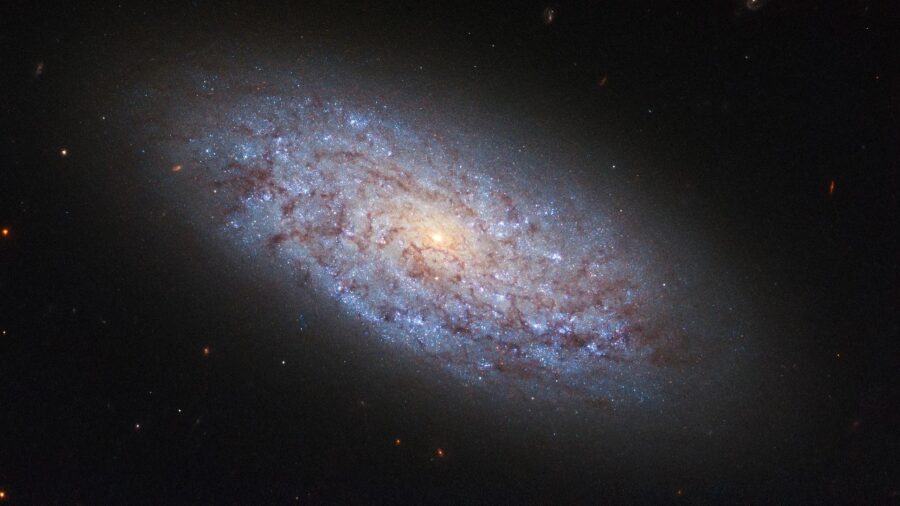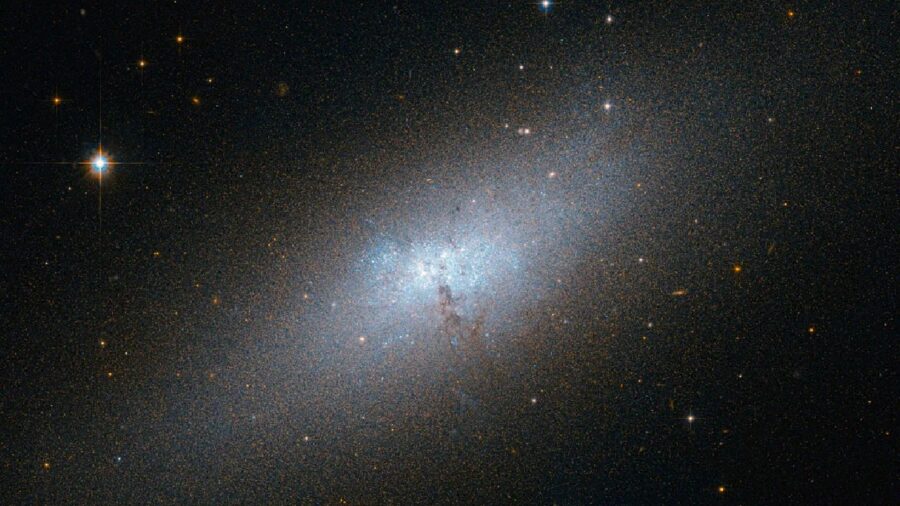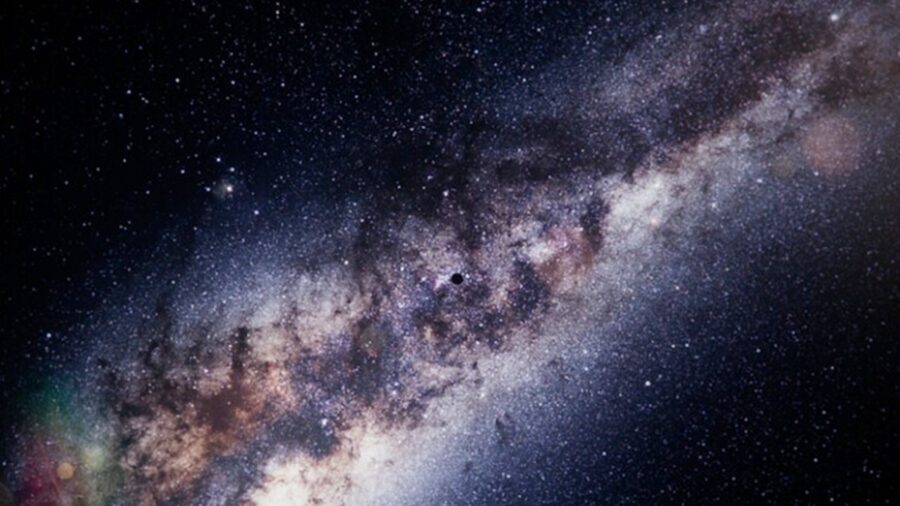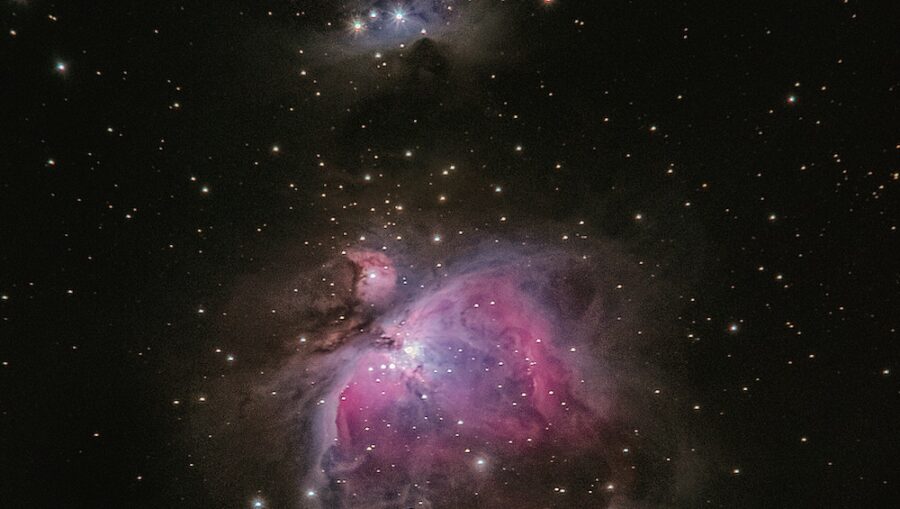NASA Discovers Unusual Origin Of Distant Dwarf Galaxy

The James Webb Space Telescope is the hot new telescope in town, but the ever-reliable Hubble Space Telescope is still in operation and helping us learn more about distant space. For instance, the Hubble Space Telescope has captured incredible images of dwarf galaxies like Leo A, which is irregular compared to other galaxies of its kind. This unique dwarf galaxy has a strange distribution of star formation, indicating that the galaxy formed from the outside in.
Outside In

In other words, irregular dwarf galaxies like Leo A had older stars that migrated to the outer edges of Leo A in the early days when they began to form and evolve, while most of the young stars are located in the center of the galaxy. Hubble also was able to reveal the halo or stars around the galaxy were roughly one-third larger than previous estimates indicated. Leo A, which is around 2.6 million lightyears away, is also known as one of the most isolated galaxies in our Local Group.
Hard To Study Distant Dwarf Galaxies

But why do we want to study dwarf galaxies like Leo A in the first place? One reason is that there are plenty of them, and they give astronomers plenty of subjects to observe as galaxies grow and evolve. However, they’re typically dim and difficult to study due to their size, which is why they tend to study the dwarf galaxies that are as close to our galaxy as possible.
Smaller Than Average Galaxies

Dwarf galaxies are interesting, as they are only made up of a few billion stars. While this might seem like a ton of stars, it’s relatively small compared to the hundreds of billions of stars found in regular-sized galaxies like the Milky Way and Andromeda. These smaller galaxies also orbit larger galaxies like ours, making it easier for astronomers to observe our neighbor satellite galaxies.
Created From Intense Gravity

From what we know about dwarf galaxies now, it’s theorized that they are formed by gravitational forces occurring during the early stages of a regular galaxy’s formation. It’s also possible that they are a result of two galaxies colliding, which would cause dark matter and streams of stellar material to burst out of the parent galaxies and form these smaller phenomena. The Milky Way alone has at least 14 satellite dwarf galaxies that we know of, so they’re certainly not uncommon.
Observing A Galaxy 25,000 Light Years Away

As for Leo A, it’s actually considered one of the most distant satellite dwarf galaxies from Earth, so it’s not quite as easy to observe as some of our other satellites. For instance, the Hubble Space Telescope has previously observed the Canis Major Dwarf Galaxy, which is our known closest galaxy, only 25,000 light years from our solar system and about 42,000 light years from the center of the Milky Way.
Hubble has also made highly detailed observations of other satellite dwarf galaxies like the Sculptor Dwarf Galaxy and the dwarf galaxy NGC 2366, which have all helped to shed more light on galaxy formation and how things might have happened in the younger years of the universe.
Source: NASA













You must log in to post a comment